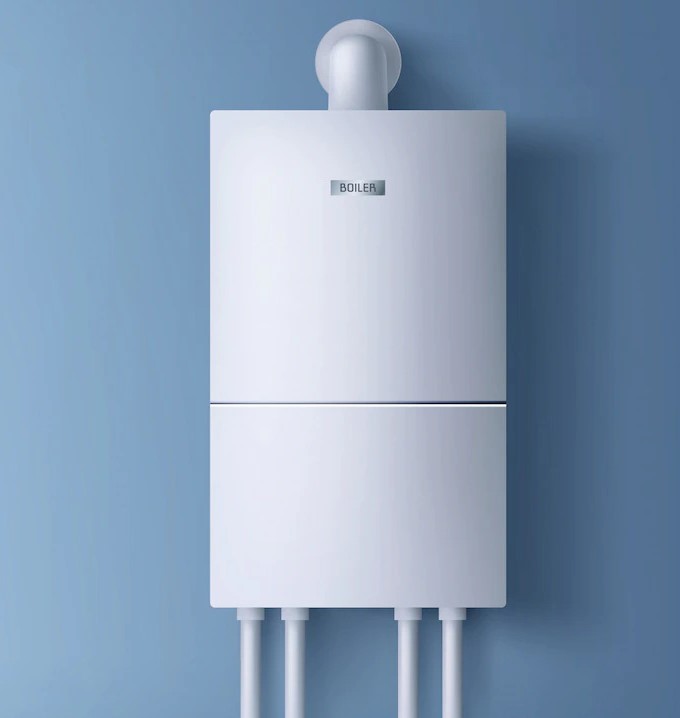Tips for Maintaining and Repairing a 50 Gallon Hot Water Heater
Having a reliable hot water heater is essential to have comfortable and safe living conditions in your home. A 50 gallon hot water heater is an ideal size for most families, but it needs regular maintenance and repairs to stay in good condition. This advice will provide on how to maintain and repair a 50-gallon hot water heater, including draining the tank, checking temperature settings, and dealing with common issues such as leaks or broken pilots. With proper care and attention, you can extend the life of your hot water system while also avoiding costly repairs down the line.
Draining the Tank: It is important to periodically drain the tank of your hot water heater to remove sediment and other deposits that can accumulate over time. To do this, you will need to turn off the power or gas to the unit and shut off its cold water supply. Then attach a hose to the drain valve at the bottom of the heater and gently open it so that all of the water drains out. Be sure to close off any faucets in your home while draining, as this will help prevent any backflow into your plumbing system. Once all of the water has been removed from your tank, use warm soapy water and a scrub brush to clean up any remaining sediment or dirt deposits.

Checking Temperature Settings: You should also periodically check the temperature settings of your hot water heater. The ideal setting is usually 120 degrees Fahrenheit, although you can adjust it to a slightly higher or lower setting depending on your needs. To check the temperature, locate the thermostat panel on the side of the unit and use a thermometer to take a reading. If necessary, adjust the temperature dial until you reach your desired setting.
Dealing with Common Issues: One of the most common problems with hot water heaters is leaking pipes or broken pilots. To fix these issues, it is important to first identify and address any potential sources of high pressure or stress on your plumbing system that could be causing them. If there are no apparent signs of an issue, you can try tightening up any loose piping or resetting the pilot light to see if this solves the problem.
